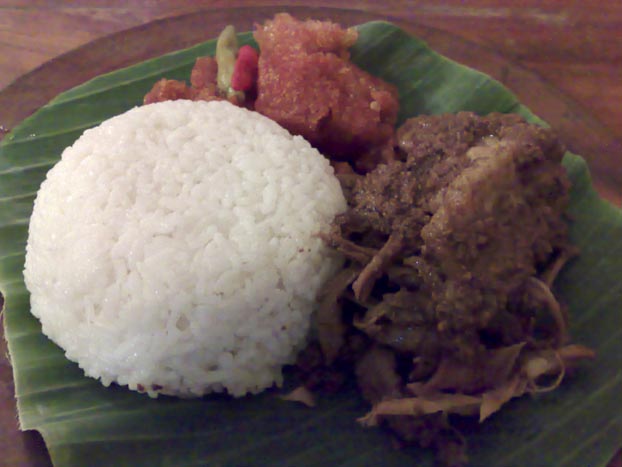
Kay's very own recipe. Makes approx. 12 squares.
Ingredients:
Slice
1 cup plain flour
½ cup sugar
1 cup desiccated coconut
1 tablespoon cocoa
200g dark chocolate, melted
185g butter
½ teaspoon vanilla
1 egg
Icing
1 cup icing sugar
3 tablespoons cocoa
30g butter, melted
1½ tablespoons hot water
Method:
1. Preheat oven to 180’C. Lightly grease lamington tin.
2. Sift dry ingredients into bowl.
3. Add melted butter, vanilla and egg and mix well.
4. Press mixture over base of greased tin (28cm x 18cm).
5. Bake for 20 minutes. Cool in tin.
6. To make icing, sift icing sugar and cocoa into a small bowl, add melted butter and water and mix until smooth and glossy.
7. When cool, ice while still in tin and allow icing to set. Cut into squares.
source:http://morselsandmusings.blogspot.com/search/label/family%20recipes%2Ftraditions




